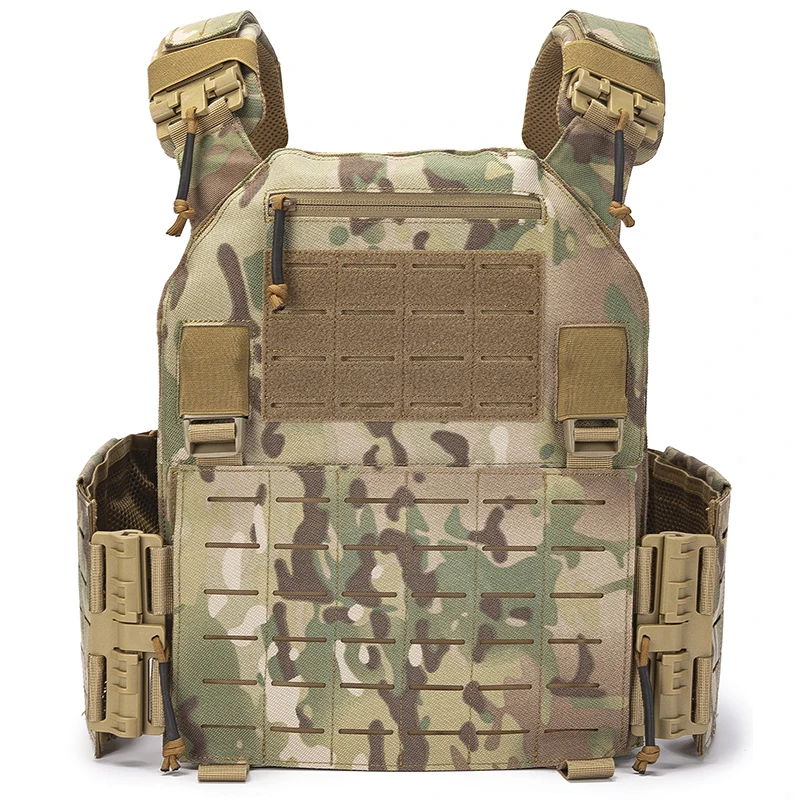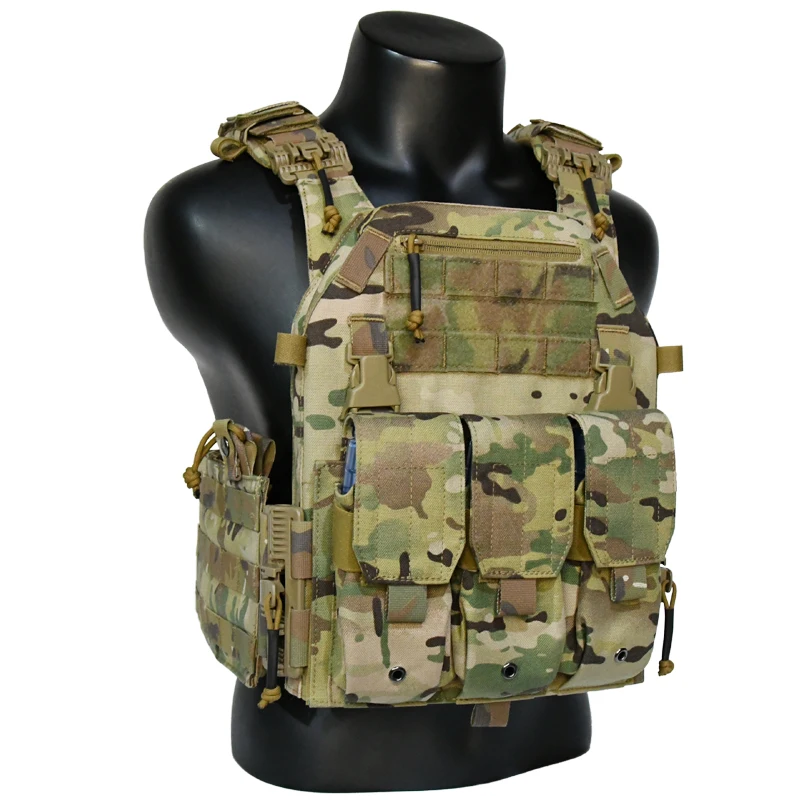Tactical Gear
PRODUCTS
The Best Hunting Backpacks For Long Distance Treks
Capacity and Weight
The capacity of your hunting backpack is directly correlated to the length and intensity of your trek. For multi-day excursions, you’ll need a pack with a substantial capacity, typically ranging from 65 to 100 liters, depending on the gear you need to carry. This includes not just hunting equipment like your rifle, ammunition, and optics, but also camping essentials such as a tent, sleeping bag, cooking gear, and extra clothing. Remember, you’ll also be carrying food and water, which can significantly add to the overall weight.
However, remember that more capacity doesn't automatically equate to better. A larger pack can tempt you to overpack, leading to unnecessary weight and strain. Strive to pack light and efficiently, utilizing compression straps to minimize bulk. Consider the weight of the pack itself – a heavier pack will significantly impact your comfort and energy levels over long distances.
Comfort and Fit
Comfort is non-negotiable for long-distance trekking. A poorly fitting backpack can cause chafing, back pain, and shoulder strain, ultimately ruining your trip. Look for backpacks with adjustable torso lengths, ensuring a precise fit to your body. Hip belts should be wide and well-padded, transferring the weight effectively to your hips, reducing the strain on your shoulders and back. Shoulder straps should also be comfortable and adjustable, preventing pressure points and ensuring a secure and stable fit.
Features like ventilated back panels are crucial for managing perspiration and preventing overheating, especially during strenuous activities. Consider packs with load-lifter straps to help distribute weight evenly and maintain balance, particularly when navigating challenging terrain. Try on several packs before buying, fully loaded with your gear, to determine the best fit for your body type.
Durability and Materials
Your hunting backpack will endure rough treatment, so durability is essential. Look for packs constructed from high-quality, durable materials such as ripstop nylon or Cordura. These materials are resistant to abrasion and tears, ensuring the longevity of your pack even in challenging environments. Reinforced stitching in high-stress areas is also crucial for preventing premature failure.
Water resistance is another critical factor. While fully waterproof packs exist, they often compromise breathability. A good compromise is a pack with a water-resistant coating or a built-in rain cover to protect your gear from unexpected showers or snow. Consider the climate and conditions of your intended hunting location when evaluating the water resistance properties of a backpack.
Organization and Accessibility
Efficient organization is key for a successful hunting trip. A well-designed hunting backpack will offer multiple compartments and pockets to help you keep your gear organized and easily accessible. Dedicated compartments for your rifle, ammunition, and first-aid kit are particularly useful. Consider the placement of these compartments – easily accessible pockets for frequently used items will save you time and frustration.
External attachments points, such as MOLLE webbing, allow for attaching additional gear like sleeping bags, water bottles, or other hunting accessories, further enhancing the versatility and carrying capacity of your pack. Proper organization minimizes time spent searching for gear, allowing you to focus on the hunt itself.
SUBSCRIBE
INQUIRY










